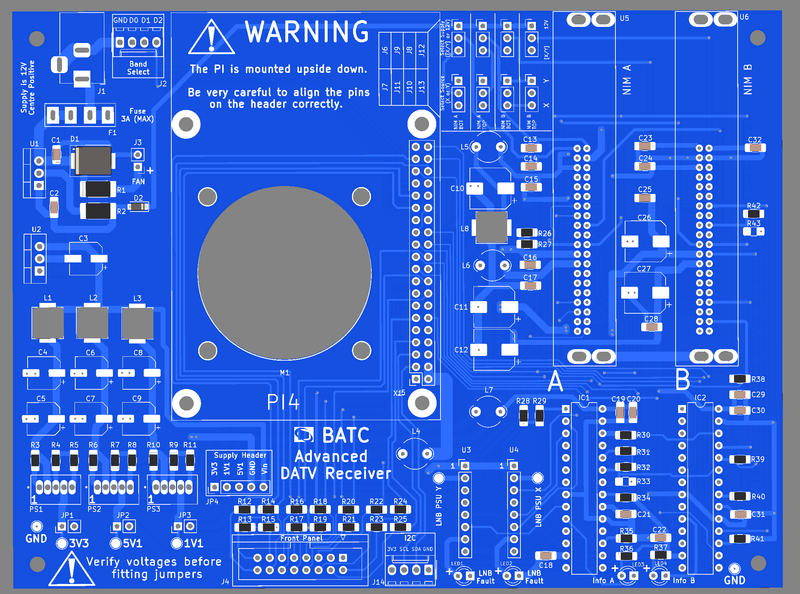Printed Circuit Boards (PCBs) are the backbone of modern electronic devices, providing the necessary pathways for electrical currents to travel between components. As the demand for electronic gadgets continues to rise, so does the need for high-quality PCBs. In this article, we will delve into the realm of empty PCB board factories and the prices associated with blank PCB boards. We'll explore what these factories do, how the pricing works, and what factors influence the cost.

Empty PCB board factories are specialized manufacturing facilities dedicated to the production of blank PCB boards. These factories play a crucial role in the electronics industry by providing the foundational boards that will later be populated with electronic components to create functional devices.
The process of manufacturing blank PCB boards involves several key steps:
Design and Layout: Before any physical board is created, a detailed design and layout are developed. This design outlines the pathways for electrical currents and the placement of various components.
Material Selection: The choice of materials is critical. Common materials include fiberglass-reinforced epoxy resin (FR4), polyimide, and metal-core boards for specific applications.
Layering: Modern PCBs can be single-layered or multi-layered, depending on the complexity of the device. Multi-layered boards involve stacking several layers of conductive material separated by insulating layers.
Etching: This step involves removing unwanted copper from the board to create the desired circuit patterns. This is typically done using chemical solutions or laser technology.
Drilling: Holes are drilled into the board to allow for the placement of components and the passage of electrical currents between layers.
Plating and Coating: The drilled holes and board surfaces are plated with conductive materials, usually copper. The board is then coated with a protective layer to prevent oxidation and damage.
Testing and Quality Control: Each blank PCB board undergoes rigorous testing to ensure it meets the required specifications and standards.
There are various types of blank PCB boards, each suited for different applications:
Single-Sided PCBs: These have a single layer of conductive material and are used in simple electronic devices.
Double-Sided PCBs: These have conductive material on both sides and are used in more complex devices.
Multi-Layer PCBs: These consist of multiple layers of conductive material and are used in advanced electronics like computers and smartphones.
Flexible PCBs: Made from flexible materials, these boards can bend and twist, making them ideal for wearable devices and other compact electronics.
The cost of blank PCB boards can vary significantly based on several factors. Understanding these factors can help you make informed decisions when sourcing PCBs for your projects.
Material Costs: The type of material used in the PCB affects the price. High-quality materials like FR4 or polyimide are more expensive than standard materials.
Board Complexity: The number of layers and the complexity of the design can increase the cost. Multi-layered boards require more materials and intricate manufacturing processes.
Board Size: Larger PCBs require more material and take longer to produce, leading to higher costs.
Production Volume: Ordering in bulk can often reduce the cost per unit. Many factories offer discounts for large orders.
Special Features: Additional features such as gold plating, special coatings, or unique shapes can add to the cost.
Turnaround Time: If you need your PCBs quickly, you may have to pay a premium for expedited production.
While prices can vary, here is a rough estimate of the costs for blank PCB boards:
Single-Sided PCBs: $10 to $50 per square meter
Double-Sided PCBs: $20 to $100 per square meter
Multi-Layer PCBs: $50 to $300 per square meter
Flexible PCBs: $30 to $200 per square meter
These prices are just estimates and can fluctuate based on the factors mentioned earlier.
Selecting the right empty PCB board factory is crucial to ensuring the quality and reliability of your electronic devices. Here are some tips to help you choose the best manufacturer:
Look for manufacturers with positive reviews and a good reputation in the industry. Online forums, industry publications, and customer testimonials can provide valuable insights.
Ensure the manufacturer adheres to international quality standards such as ISO 9001 and IPC-A-600. These standards guarantee that the PCBs meet specific quality and performance criteria.
Choose a manufacturer that uses modern technology and equipment. Advanced machinery and techniques can improve the quality and consistency of the PCBs.
Good customer support is essential. The manufacturer should be responsive to your inquiries and provide clear communication throughout the production process.
While cost is an important factor, it shouldn't be the only consideration. Balance cost with quality and reliability to get the best value for your money.
Empty PCB board factories are the unsung heroes of the electronics industry, providing the essential blank PCB boards that power our modern devices. Understanding the manufacturing process and the factors that influence pricing can help you make informed decisions when sourcing PCBs for your projects. By choosing the right manufacturer, you can ensure the quality and reliability of your electronic devices.
An empty PCB board, also known as a blank PCB board, is a board that has been manufactured but does not yet have any electronic components mounted on it. It serves as the foundation for creating functional electronic devices.
The cost of a blank PCB board can vary based on factors such as material, board complexity, size, production volume, and special features. Prices can range from $10 to $300 per square meter.
There are several types of blank PCB boards, including single-sided PCBs, double-sided PCBs, multi-layer PCBs, and flexible PCBs. Each type is suited for different applications and levels of complexity.
To choose the right PCB manufacturer, research their reputation, ensure they adhere to quality standards, check their technology and equipment, assess their customer support, and balance cost with quality and reliability.
Factors that influence the price of blank PCB boards include material costs, board complexity, board size, production volume, special features, and turnaround time.
By understanding these aspects of empty PCB board factories and pricing, you can make better decisions for your electronic projects and ensure the success of your products.